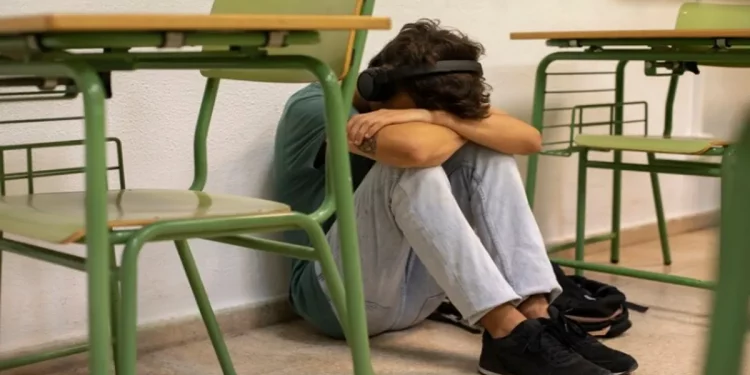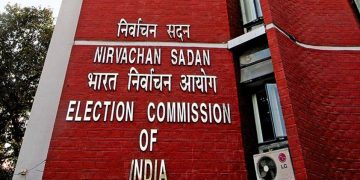A disconcerting new report has revealed that student suicides in India have now surpassed the country’s population growth rate. The report titled “Student suicides: An epidemic sweeping India” has been compiled by the IC3 Institute, a volunteer-based organisation that provides support to high schools around the world, based on data from the National Crime Records Bureau (NCRB). Over the last decade, while the population of the 0-24 age group has reduced from 582 million to 581 million, the number of student suicides has increased from 6,654 to 13,044, the report pointed out.
Notwithstanding a likely under-reporting of student suicides, such cases have grown by four per cent annually as against a two per cent increase in the overall suicide numbers. While Maharashtra, Tamil Nadu, and Madhya Pradesh account for the highest number of student suicides in that order, Rajasthan, home to the infamous Kota coaching hub, comes in the tenth position. Kota saw 15 student suicides in 2022, while the number increased to 27 in 2023, as reported by Rajasthan police. It is pertinent to note here that the actual numbers could be higher as not all suicides are reported to the police, especially due to the social stigma associated with it. Even if reported, the causes of death are altered so that the figures may not add up correctly. This alarming trend has been noticed over the last decade when both parental and societal pressure, coupled with a sagging economy, has taken a toll on the younger population. Academic pressure has always been higher in this country with seats in reputed educational institutions being scarce compared to the huge number of aspirants. This has been true even in the case of jobs as we frequently come across news reports of thousands applying for a handful of positions. The economy, in spite of all the loud talk about the country having the fastest-growing GDP, has simply not been able to absorb the hordes of job seekers. This is also a major reason for the terrible antipathy faced by those who benefit from ‘Reservation’ which is, till now, limited to government jobs only.
Admittedly jobs offered by all governments at state and Union levels are considered plum picks by only those who are not brilliant in any field and wish to enjoy the fruits of everything at the cost of the taxpayer. This problem is better understood when it is accepted that the idea is ingrained in the average Indian psyche that the search for a “dream job” often ends up in three professions, namely medical, engineering and civil services. The last one is the most sought-after. It is interesting to note here that most of the students die by suicide while pursuing studies for these professions. Parents rarely support their wards to take up any other profession, while entrepreneurship is often looked at with disdain as none wants to take the risks associated with such an endeavour. Ironically, it is the entrepreneurs, especially the small and medium-sized ones, who employ the bulk of the workforce in this country and contribute the most to the economy. To tide over this situation, an environment should be created wherein the youth see hope rather than gloom in their future. This should begin right from home where parents need to stop having unusually high expectations from their children.
Secondly, our institutions of education should shift their focus from being factories to only producing job-ready individuals. They should rather become platforms inculcating necessary skills in students — skills that would make them independent in their lives, not just land them a job. Unfortunately, the concept of ‘Campus recruitment’ has long been the yardstick to discover excellence in educational institutions. By offering education that makes students self-dependent, these institutions could help the country reap the demographic dividend accruing from a growing young population. Otherwise, this same growing population could lead to a demographic disaster instead.






































